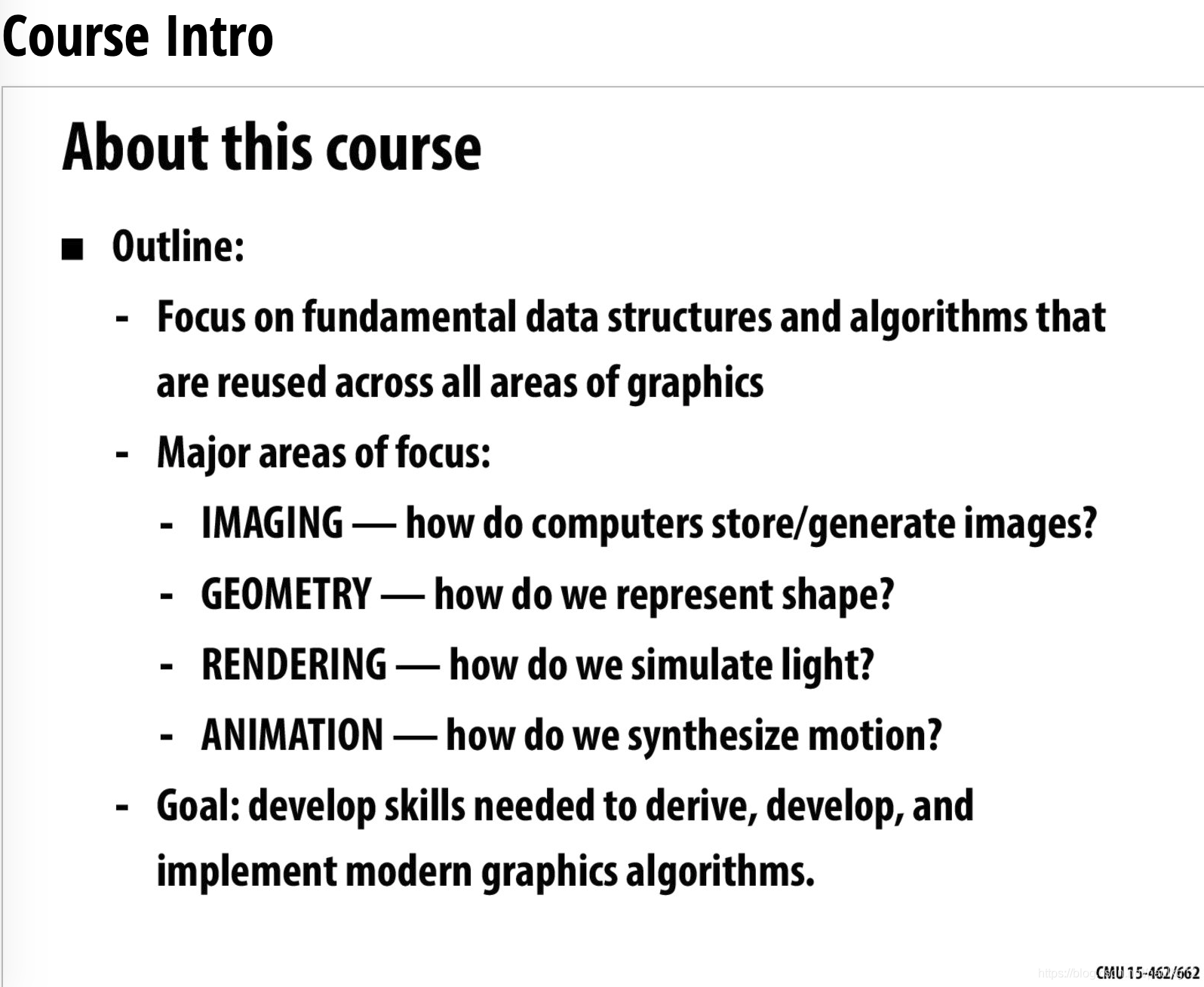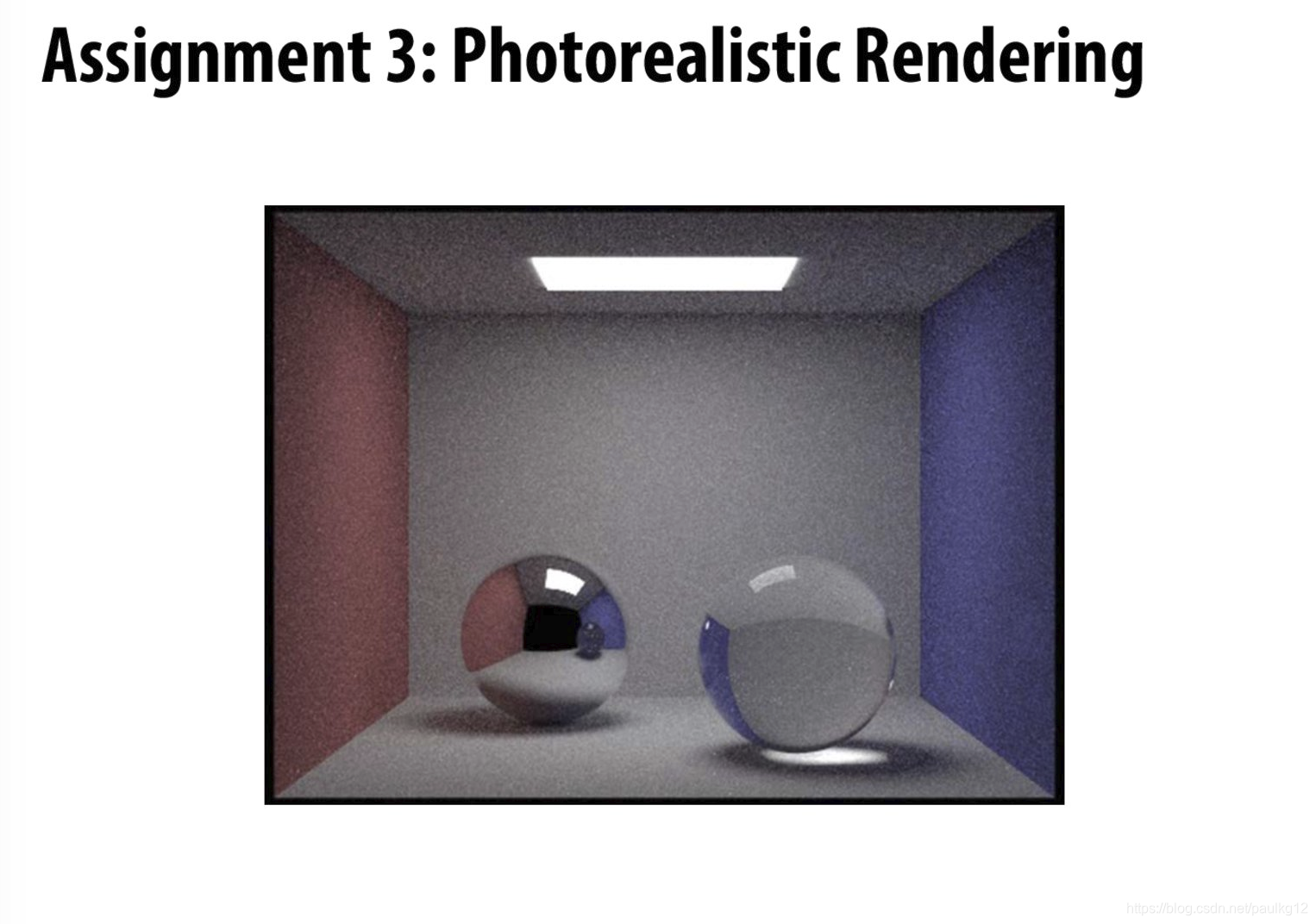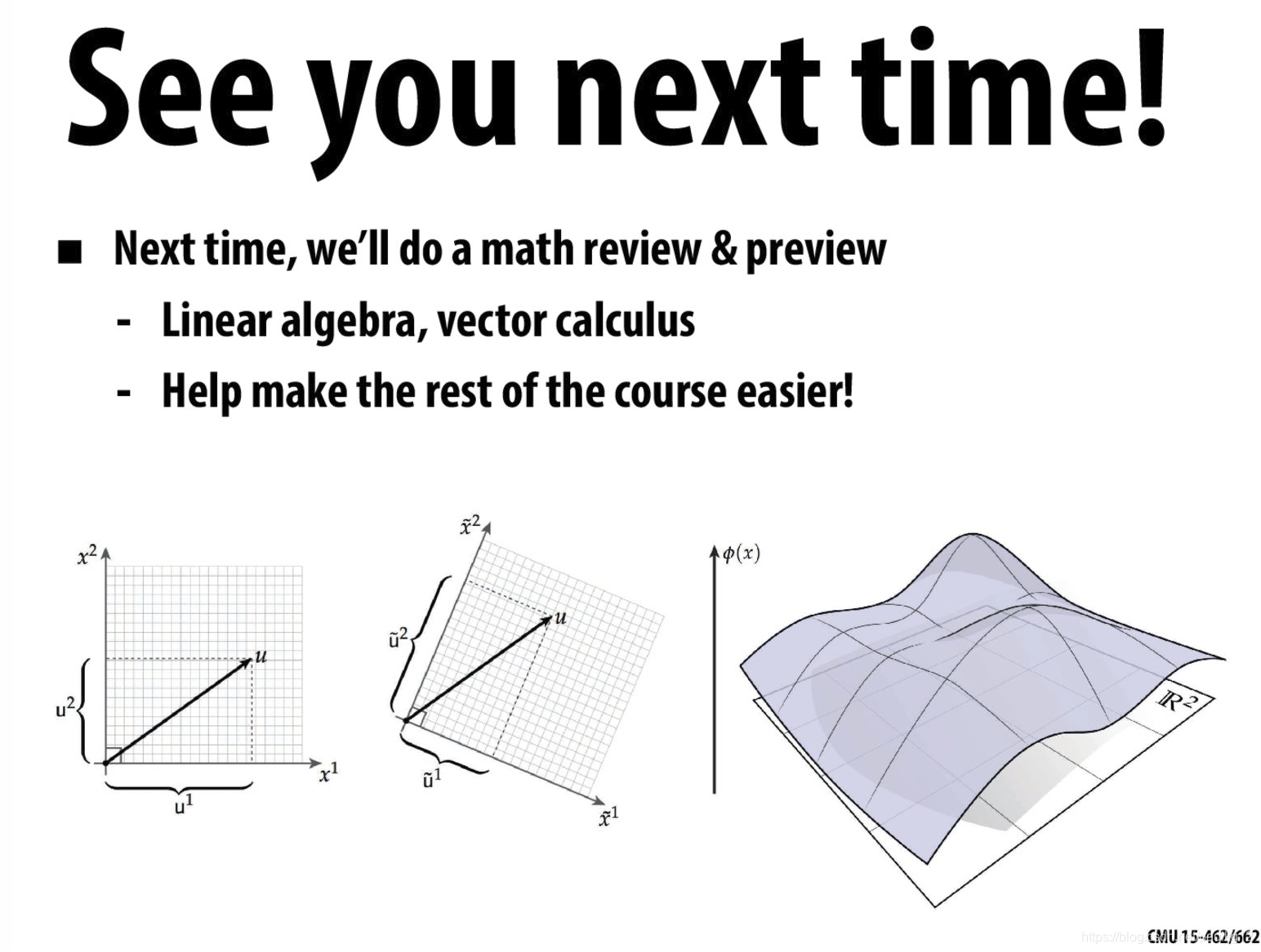cg learn
文章目录
ref
How to Start Learning Computer Graphics Programming
https://news.ycombinator.com/item?id=18840859
一个小哥的学习笔记,自然的语言,非学术
http://iquilezles.org/www/index.htm
cmu 的课程
http://15462.courses.cs.cmu.edu/fall2018/lecture/intro/slide_027



scratchapixel 的课程非常亲切
https://www.scratchapixel.com/lessons/3d-basic-rendering/get-started
note
scratchapixel其目录
Mathematics and Physics for Computer Graphics
Geometry
Mathematical Foundations of Monte Carlo Methods
Monte Carlo Methods in Practice
Matrix Inverse
Jacobi Transformation and Eigenvalue Algorithm
Quaternions
Interpolation
The Mathematics of Shading
Placing a Camera: the LookAt Function
Introduction to Frequency Analysis
Volume 1: Foundations of 3D Rendering
Introduction to Ray Tracing: a Simple Method for Creating 3D Images
Where Do I Start? A Very Gentle Introduction to Computer Graphics Programming
Rendering an Image of a 3D Scene: an Overview
Computing the Pixel Coordinates of a 3D Point
3D Viewing: the Pinhole Camera Model
Rasterization: a Practical Implementation
The Perspective and Orthographic Projection Matrix
An Overview of the Ray-Tracing Rendering Technique
Ray-Tracing: Generating Camera Rays
A Minimal Ray-Tracer: Rendering Simple Shapes (Sphere, Cube, Disk, Plane, etc.)
Ray Tracing: Rendering a Triangle
Introduction to Polygon Meshes
Ray-Tracing a Polygon Mesh
Transforming Objects using Matrices
Introduction to Shading
The Phong Model, Introduction to the Concepts of Shader, Reflection Models and BRDF
Global Illumination and Path Tracing
What’s Next?
Bonus: Understanding the Viewport Geometry
Volume 2: Better, Faster, More (2017)
Bézier Curves and Surfaces: the Utah Teapot
Introduction to Acceleration Structures
Rendering Implicit Surfaces and Distance Fields: Sphere Tracing
Volume Rendering for Artists
Volume Rendering for Developers
Distributed Ray-Tracing
Texture Mapping
Depth of Field
Motion Blur
Area Lights
Intuitive Introduction to Anti-Aliasing
Multi-Threading in Rendering
Volume3: Advanced Techniques (2018)
The Infamous Rendering Equation
Bias vs Unbias Path Tracing & the Russian Roulette
Light Transport Algorithms
Intuitive Introduction to Importance Sampling
Subdivision Surfaces
Photon Mapping
Displacement and Bump Mapping
Metaballs and Polygonization of Implicit Fields
Shadow Map and Deep Shadow Maps
NURBS Surfaces
Digital Imaging
Introduction to Light, Color and Color Space
Digital Images: from File to Screen
Simple Image Manipulations
Procedural Generation of Virtual Worlds
Value Noise and Procedural Patterns: Part 1
Perlin Noise: Part 2
Simulating the Colors of the Sky
Simulating Ocean Waves
Simulating Terrain
note2
https://www.scratchapixel.com/lessons/3d-basic-rendering/get-started
In rendering, we differentiate two modes, an off-line(cg动画,电影) and a realtime(游戏, on Gpu)
关于offline 的知识点,以后还有: Foundations of 3D Rendering, Techniques Specific to Ray Tracing, Light Transport Algorithms, Shading and Procedural Texturing.
- Foundation of 3D Rendering





















 548
548

 被折叠的 条评论
为什么被折叠?
被折叠的 条评论
为什么被折叠?








